I have the following onClick function
func tableView(tableView: UITableView, didSelectRowAtIndexPath indexPath: NSIndexPath) {
tableView.deselectRowAtIndexPath(indexPath, animated: true)
let row = indexPath.row
println("Row: \(row)")
println(meetingArray[row] as! String)
}
which prints out the text on the cell which is clicked. It is working fine.
I'm just wondering how you would set a function which would direct you to the new view controller



